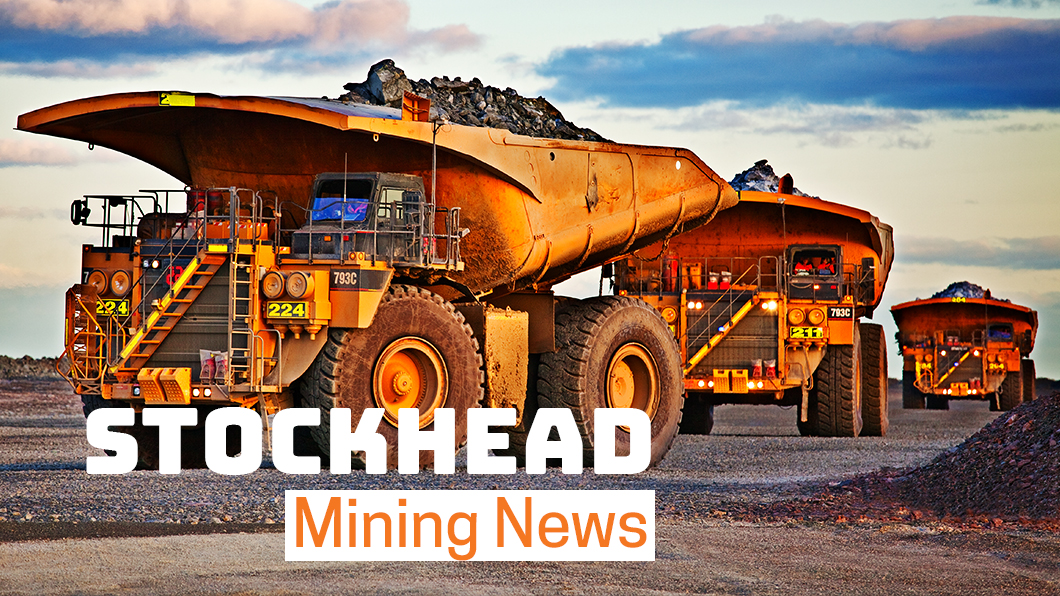Chinese steelmakers on skinny margins, yet iron ore will be ‘well supported’ to the end of 2019

Pic: John W Banagan / Stone via Getty Images
They’ve cut Chinese steelmakers’ profits to the bone, but high iron ore prices still look “well supported” until the end of the year, according to S&P Global.
But margins for some types of steel were already under pressure before Vale’s iron ore tailings dam collapsed in January, which triggered a 70 per cent price increase.
In this case, low steel margins had more to do with lacklustre downstream demand than high iron ore prices, says Paul Bartholomew from S&P Global.
“Over January-June this year, Chinese domestic HRC (hot rolled coil) prices averaged $US560/mt, compared with $US598.5/mt in the first half of 2018,” says Bartholomew.
“Over the same period, iron ore prices averaged $US91.7/t, up from $US61.9/t a year earlier.”
This means steel prices fell 6.4 per cent as iron ore prices increased by 48 per cent.

Chinese mills were unable to pass on the higher iron ore costs to finished steel prices because of lukewarm demand, Bartholomew says.
Yet China’s crude steel production continues to surge. Production over January-June was almost 10 per cent higher on the year before, and most analysts predict a 30-40 million tonne seaborne iron ore shortfall this year.
“Though demand will likely improve in Q4, the best way to ease the margin pressure would be to lower steel production and therefore iron ore requirements,” Bartholomew says.
“But this is unlikely to happen as Chinese mills are typically reluctant to trim production.
“Higher output lowers unit costs at a time of slim margins and no one wants to lose market share to the competitor down the road.
“As a result, iron ore prices look set to be well supported over the balance of this year, but steel margins will continue to come under pressure.”
NOW READ: Which commodities cross the line into 2020 as winners?
UNLOCK INSIGHTS
Discover the untold stories of emerging ASX stocks.
Daily news and expert analysis, it's free to subscribe.
By proceeding, you confirm you understand that we handle personal information in accordance with our Privacy Policy.








